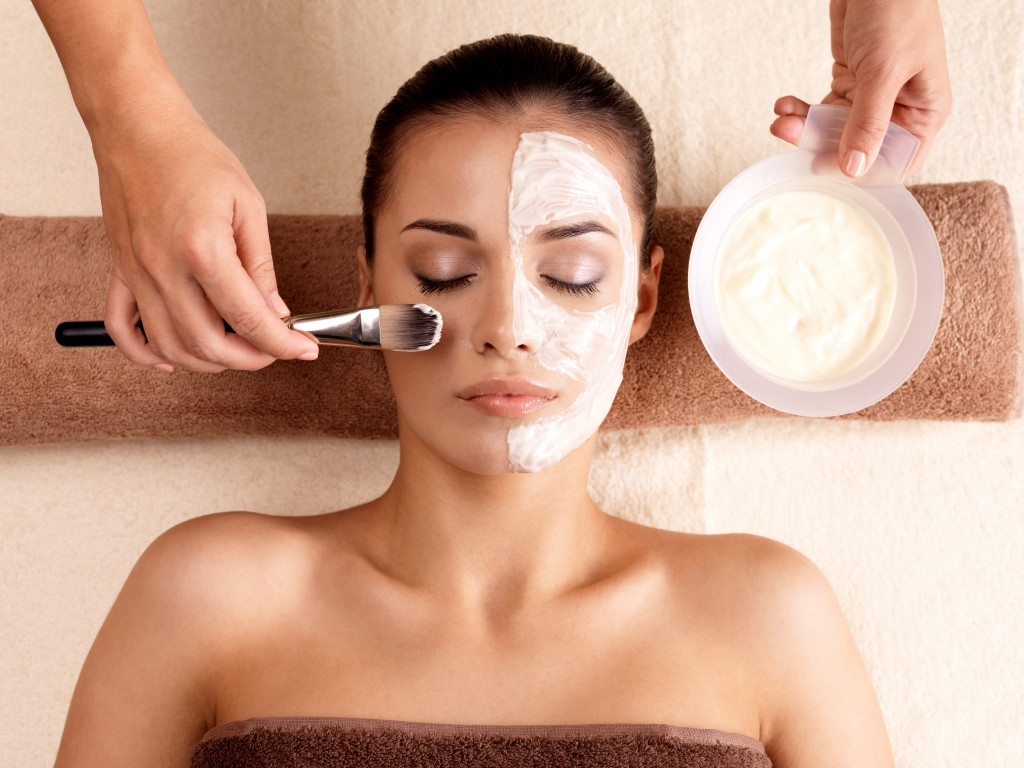Many sectors of society have always criticized marketing in the beauty industry for promoting the unattainable ideal. Women all over the world, from an early age, have been told that they are flawed. The advertisements have focused on pointing out typical features yet do not adhere to a very restrictive standard of beauty. These billboards, magazine covers, and commercials then claim that buying a particular product will fix these so-called flaws that prevent them from becoming beautiful.
However, the tide seems to be changing. Many people, women especially, have realized that these marketing strategies have been damaging to their self-esteem. Because of it, pointing out flaws as a way to advertise has become ineffective. Brands received criticism for releasing ads that appear to manipulate and shame women for their bodies.
Perfection Is a Myth
Victoria’s Secret, a lingerie brand, has been a casualty of the shifting trends in beauty marketing. For decades, the brand thrived for glorifying unattainable beauty standards. Its annual fashion show featuring the world’s most famous supermodels has, for years, been an event that millions of people watch and look forward to. In recent years, however, viewership has declined.
A competing show hosted by Rihanna’s Savage X Fenty lingerie line, which was more inclusive, received praises. Victoria’s Secret’s exclusionary showcase of the “perfect body” was no longer welcome. In 2019, the Victoria’s Secret Fashion Show was cancelled.
However, the problem with Victoria’s Secret has been brewing for years. The brand has been receiving backlash for creating a marketing aesthetic centered on being a supermodel as an ideal.
In 2014, for example, an ad with the tagline “The Perfect Body” was pulled and changed after the public heavily criticized it. The ad was selling a body bra line, and it featured, unsurprisingly, supermodels who were thin and tall. Eventually, the brand used a different tagline: “A body for every body” because of the pushback.
It was not only clothing companies that made the mistake of body-shaming women as a marketing campaign. PETA, an animal rights group, put up a billboard in 2009 with a message: “Save the Whales.” Except, instead of whales, the billboard showed an image of a woman’s body. The goal of the ad was to encourage people to go vegetarian to lose weight.
The response, of course, was not good. PETA eventually decided to take down the billboard.
How Marketers Promote Beauty Products Now

The beauty industry is still filled with advertisements and marketing campaigns, but there is a change in messaging and content. There is less focus on using flaws to sell products. In ads across all media, apparent blurring and smoothing are discouraged. People have embraced their “imperfections”; they celebrate them.
As a response, brands return to the drawing board to make their marketing campaigns align with body positivity. Unilever, the company behind TRESemme and St. Ives, is removing the use of the word normal in advertising and packaging. The company also promised to ban the excessive photo editing of models in photos.
Glow Recipe, for example, a Korean-American brand, was famous for making glass skin popular in the West. However, its marketing has vowed to stop using the terms flawless, poreless, and anti-aging.
Brands across the board are responding to how consumers address their skin concerns and imperfections. When you shop barrier serum online, for example, you are unlikely to see brands promising to make you look a decade younger. The product will moisturize your skin, which will improve the appearance of fine lines and wrinkles. However, you will not be shamed for having them in the first place. You won’t be given false ideas that this product is the fountain of youth.
The strategy now in marketing beauty products is to admit that pores, fine lines and wrinkles, acne, and pigmentation exist. The messaging focuses on keeping the skin healthy.
A Global Shift
The change is not only happening in the United States. There has also been clamor to embrace differences in other countries instead of chasing after an unattainable standard of beauty.
In South Korea, for example, there was a “corset-free movement” that sought to release women from the pressure of having to spend hours every day applying skincare and makeup products.
In South Asia and Southeast Asia, notorious for the high demand for whitening products, smaller brands encourage their customers to embrace darker skin and diversity in marketing.
The goal, of course, is still to sell products. However, marketing in beauty moving away from pushing perfection and celebrating diversity is better for women’s self-esteem who see these ads every day.


